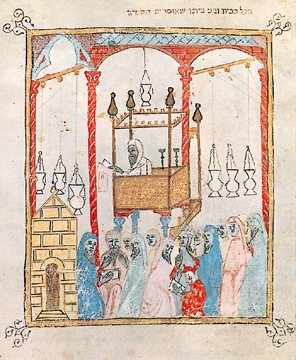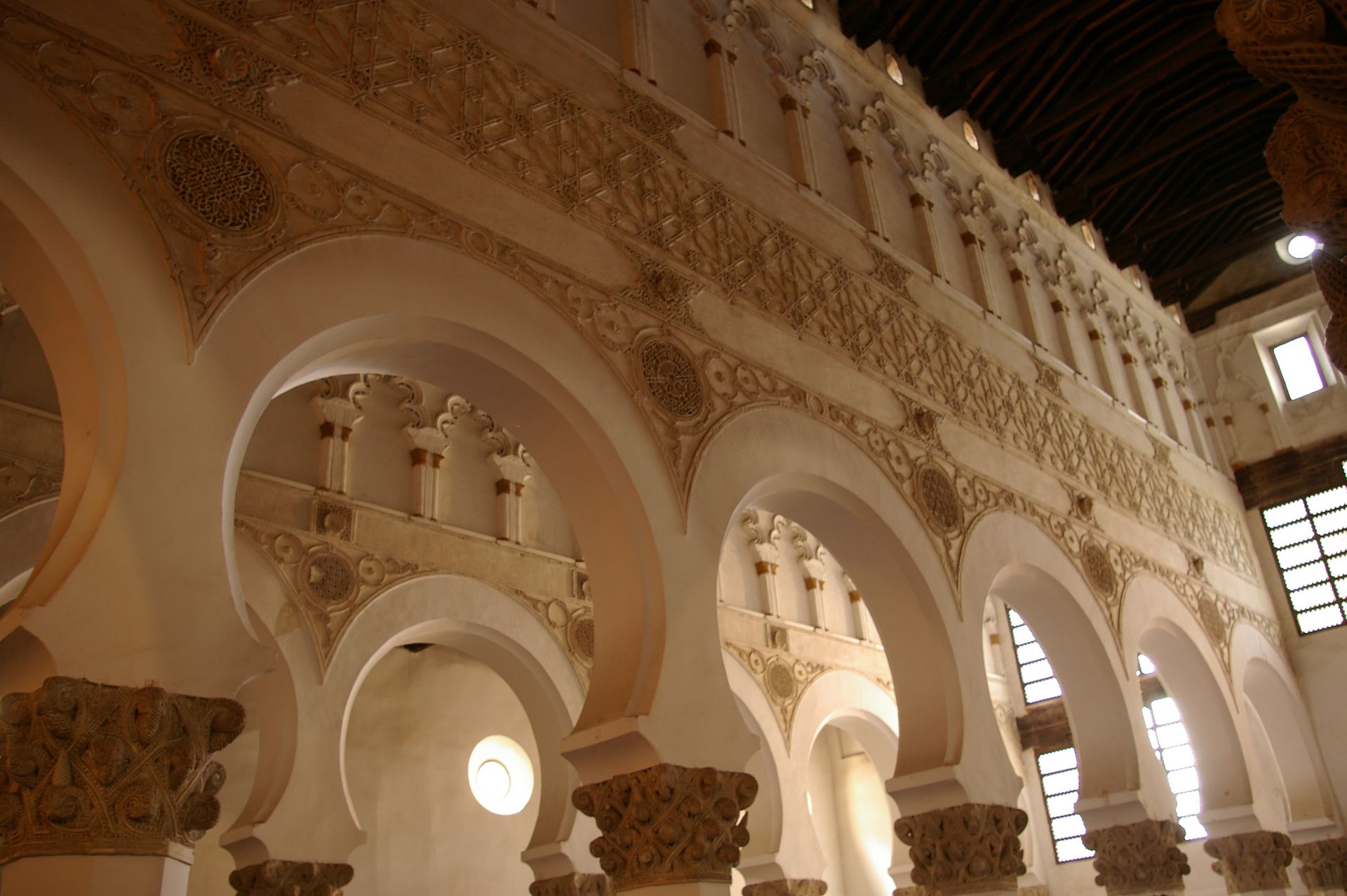Isn’t the Jewish community of Spain an interesting? It makes one want to just travel there for a Jewish vacation and dive into their culture. Still not convinced of going on a kosher tripwith us? Maybe a continuation of our history lesson ought to do it.
The Talmudic Period

The Talmudic period of Spanish Jewry can be roughly dated between 10th Century and 1492.
Moorish Muslim states in early medieval times in the Iberian peninsula were much more tolerant to non-Muslim minorities than the Christian states in the North were to their non-Christian counterparts.
Arab cities were multi-ethnic and divided into quarters, whereas in Christian Europe, the Jews were by far the biggest non-Christian minority. Moreover, they were an “alien and evil” people and “Christ-murderers”. Generally speaking, nothing like this was emphasized in the Muslim states in the Moorish Spain.
The Jewish community of Spain evolved under very different circumstances than the contemporary Ashkenazi communities. The Moorish Jews intermingled with the local Arab culture in most of aspects of life; arts, cuisine, fashion, language, and more. Many of them became loyal servants of the states they lived in and served as physicians, diplomats, bankers, and merchants.
The longer geographical distance from Palestine and Babyloni, the less of Talmud is known in a community. They were too far from the source and encountering new situations that needed a new viewpoint. We have to emphasize the fact that the Talmud was at this same time being interpreted and taught in Sura and Pumbedita, to which source these communities didn’t have a full and direct access. Therefore, these “distant” communities were turning onto the Gaons when they needed something explained to them.
Naturally, the Jewry living in the Spanish peninsula has been in contact with the Gaonic centres in the questions of the Talmud and Halakhah. But actually there was much more to it than that.
The Jewish communities of Spain were quite strong around the 9th Century all over Spain. We know about an Andalusian city called Lucena which was almost exclusively inhabited by Jews. They were quite well-off and they saw as their moral obligation to subsidize the Gaonic academies.

Babylonian scholars were travelling to Spain and vice versa. However, in the beginning of this phase, Spain was obviously not such a Talmudic center as Babylonia or other academies in North Africa. But Spain was considered to be right after them in the level of knowledge.
Spanish Jews, as stated above, were in contact with the academies in Babylonia and North Africa. Still, until the mid-10th Century, Spanish Jewry still paid great respect to the Gaons of Babylonia, but eventually became more and more involved in their own teachings and developing the Talmud, thus shifting the Gaonic wisdom closer to Spain.
The beginning of independent studying of Talmud in Spain is inevitably related to the personality of Hasdai ibn Shaprut . He was behind the setting up of the first Talmudic academy in Spanish soil, in the famous city of Cordóva. He appointed Moses ben Hanoch , a native of Sura, to come to Spain to become the first head of this academy. Thus began the beginning of Talmudic scholarship in Spain and the shift of the “gaonic” influence from Babylonia to Europe.
This is also the beginning of the end of the “golden age” of the Babylonian academies and beginning of Talmudic wisdom in Europe. As usually in the Jewish history, we see a shift of the Jewish people’s phenomena.
Next time, we shall delve into the Spanish cities which have had a very large and influential Jewish influence, such as Toledo. But nothing else compares to actually us at KRC for one of our memorable kosher Europe tours to Spain!
Here’s the rest of the article:
Part 1: Spain’s Jewish Heritage
